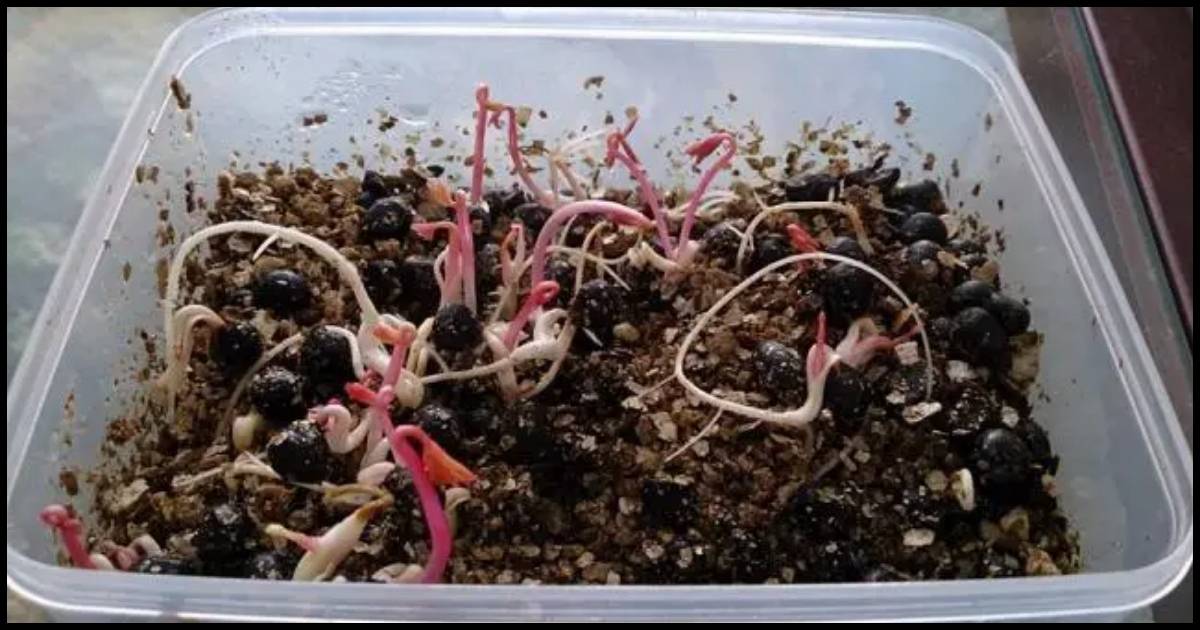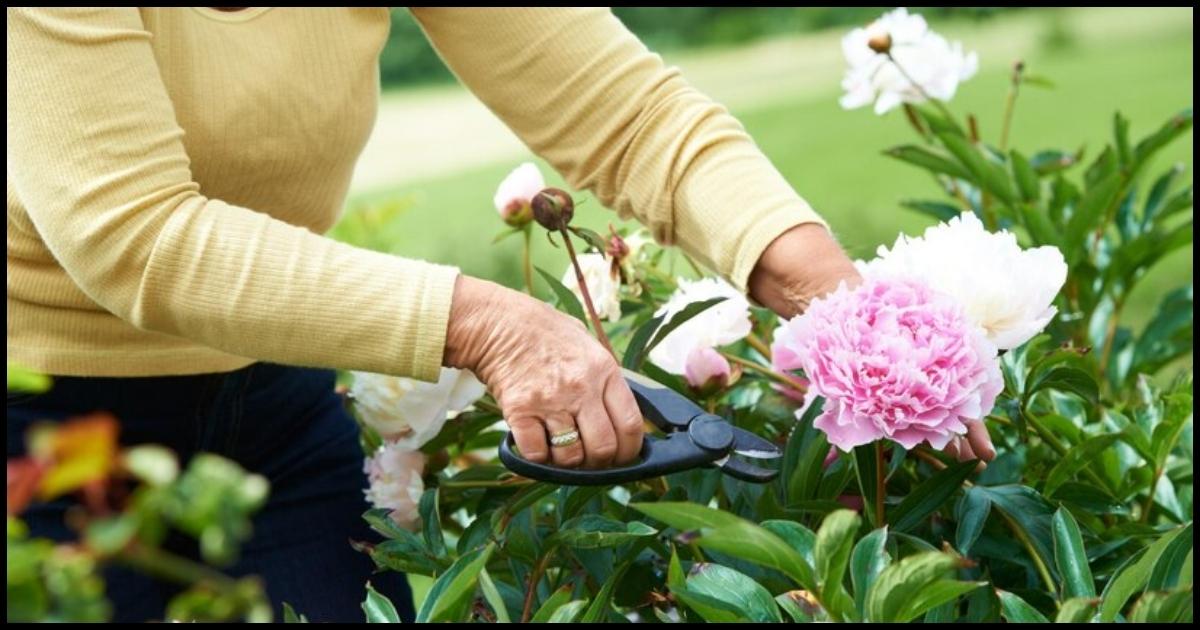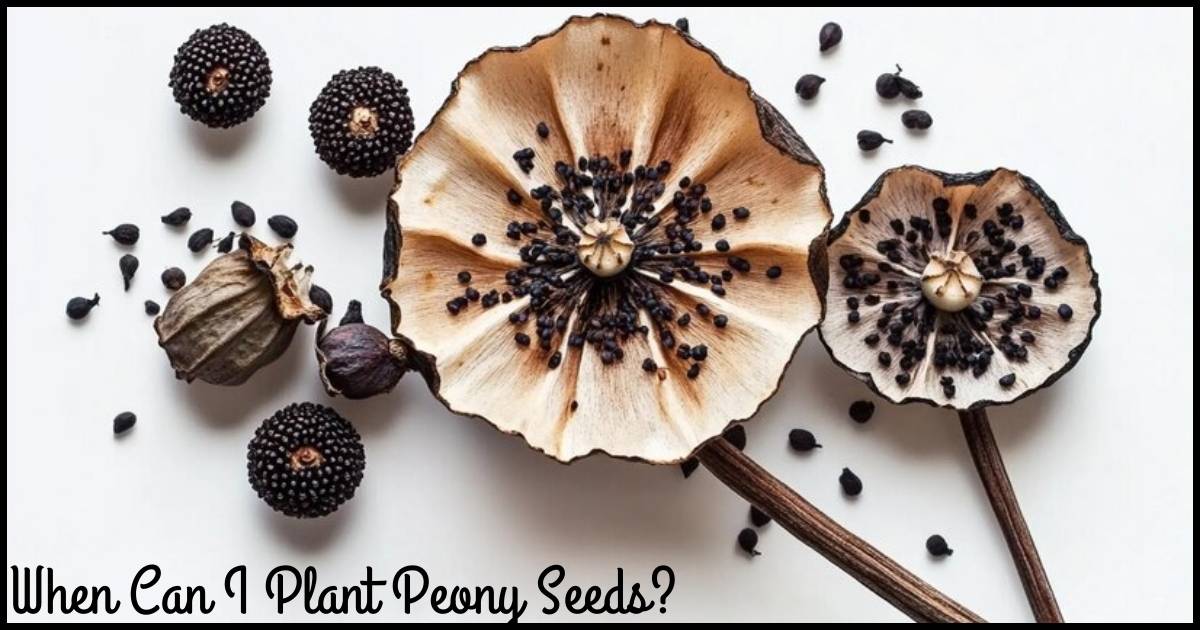Planting peony seeds is a delightful way to add fantastic blooms to your garden, but timing is everything in ensuring healthy growth.
The peony seeds are usually planted in late summer or early fall to give them ample time to root before winter sets in.
Knowing the planting schedule, ideal soil, and watering needs will help you succeed in growing these lovely flowers. In this guide, we’ll delve into the details of peony planting, from selecting seeds to preparing soil and choosing the best spot in your garden.
These plants are well sought for their strength and their gorgeous flowers, which may be enjoyed year in and year out if they receive proper care.
Whether seed is fresh or dry, seed handling and soil preparation will contribute to a big success when your peonies take off. All that you need to get your peony seeds growing off on the right track is given here.
Knowing Peony Seeds and Germination
The planting of peony seeds requires knowledge of the special process of cold stratification they need. Cold stratification is a period during which the seed-beds go through cool temperatures to break dormancy, causing the seeds to sprout.
The time it takes for germination in some seeds can be up to two years before sprouting visibly. That means that patience is required when planting seeds.
There are several varieties of peony seeds, including fresh seeds, and dry seeds, which have implications on the germination time.
Fresh seeds picked right from seed pods will take less time to germinate, while dry seeds might require a longer period for stratification. You will know how to differentiate between the appropriate kind of seeds for your purpose of planting from this.
Read More>> Hamro Solar LLC: Your Trusted Partner for Sustainable Energy Solutions
Best Time to Plant Peony Seeds

Seasonal Planting for Better Growth
Late summer or early fall is best to plant the seeds for a peony, thus providing seeds the chance to take advantage of the cooler temperatures of fall autumn, which are quite essential in initiating germination.
The seeds sown in this period can acquire the cold stratification provided naturally by the winter months to sprout more healthily in the spring.
If planting at another time of the year, duplicate cold stratification by putting seeds in the fridge for a few weeks before planting. This will mimic what the seeds would encounter naturally, so it increases their chance of germinating.
Avoiding Freezing and Extreme Heat
The seeds will have a chance to be frosted or even frozen; therefore, planting early in fall is extremely important for avoiding frost. Seeds sown too early in the summer may dry out, or hot temperatures will limit germination.
Look for a cool climate that lasts throughout the growing season for steady growth before the onset of the first frost in your area.
Preparing the Soil for Peony Seeds
Choosing the Right Soil Type
These like soils that are well drained with slightly acidic to neutral pH levels. To thrive optimally, amend your garden soils with organic matter like compost or peat in order to increase their richness and moisture retention.
Soil that is too acidic or waterlogged can make it stop the development of roots, hence stunted plant growth.
Nutrition Supplement for Healthy Seedling Development
Add a balanced, slow-release fertilizer to the soil, providing essential nutrients at the time of preparation.
A fertile environment aids seeds in growing robust roots. Use a light mix of the fertilizer into the topsoil to avoid burn from the nutrient as will enable young roots to absorb the nutrients overtime.
Planting Peony Seeds Step-by-Step
Preparing the Seeds
Plant the peony seeds that were soaked in water for 24 hours. The outside covering may be soft so germination might be relatively easy.
Distribute the seeds about 1 to 2 inches deep into the soil, and ensure it has adequate space about 3 inches.
Seed sowing and watering
Once the seeds are in the soil, lightly cover them with soil so that they are well-covered but not too deep. Gently water the soil to make it moist but not saturated.
This will be the first watering, and it will help seeds settle into the soil while also providing them with moisture to germinate.
Caring for Peony Seedlings
Watering Frequency and Soil Moisture
Peony seedlings require regular watering, especially during their early stages. Keep the soil consistently moist but avoid overwatering, which can lead to root rot.
Depending on the climate, watering once or twice a week should suffice. Adjust as needed to maintain adequate soil moisture.
Providing Sunlight and Shelter
Place your peony seedlings in a location that receives full sun but partial shade during the hottest part of the day.
Peonies are pretty happy when they get at least 6 hours of direct sunlight per day. Too much direct sunlight, especially in the afternoon, will stress young plants, however. So providing an optimal balance of light and shade will help them grow strong and healthy.
Read More>> What Is A Good Nutrient For Peonies?
Maintaining and Dividing Peonies for Longevity

Regular Maintenance for Established Peonies
Peonies are low maintenance when they have reached full maturity. They need to be watered, especially during dry seasons; apply a balanced fertilizer when spring comes, and spend dead flowers for the formation of more.
Elimination of weeds in a garden bed is also good for the peony’s growth because this eliminates competition from nutrients and water.
Dividing Mature Peony Plants
It may take several years before peonies mature. Overcrowding often forces their division to improve blooming and health.
Do peony division in the fall early. Carefully separate roots before repotting the separated roots into a fresh supply of soil. The plant is rejuvenated for proper flowering each season.
Conclusion
This calls for patience and proper preparation when planting peony seeds, especially concerning the timing and soil. Sow the seeds around late summer or early fall for the growth of your plants to be successful. The well-drained, humus-rich soil will work just fine.
Your peony plants can thrive with beautiful blooms year in and year out by giving them regular water supply, sunlight, and very minimal maintenance. With these steps, you’ll have a thriving peony garden that brings great beauty and color to the outdoors.
FAQ’s
When should the peony seeds be sown?
The ideal planting time for peony seeds is in late summer up to early fall.
How deep do I plant the peony seeds?
The peony seeds should be planted 1-2 inches deep in well prepared soil.
Can I plant peony seeds in spring?
Yes, it is still possible to plant peony seeds in spring but that requires cold stratification.
Do peony seeds like full sun?
Peonies need at least six hours of direct sunlight. However, they require partial shading in warmer climates.
Water the peony seedlings How frequently to water?
Seedlings should be watered every week. The soil must be moist but not wet.











